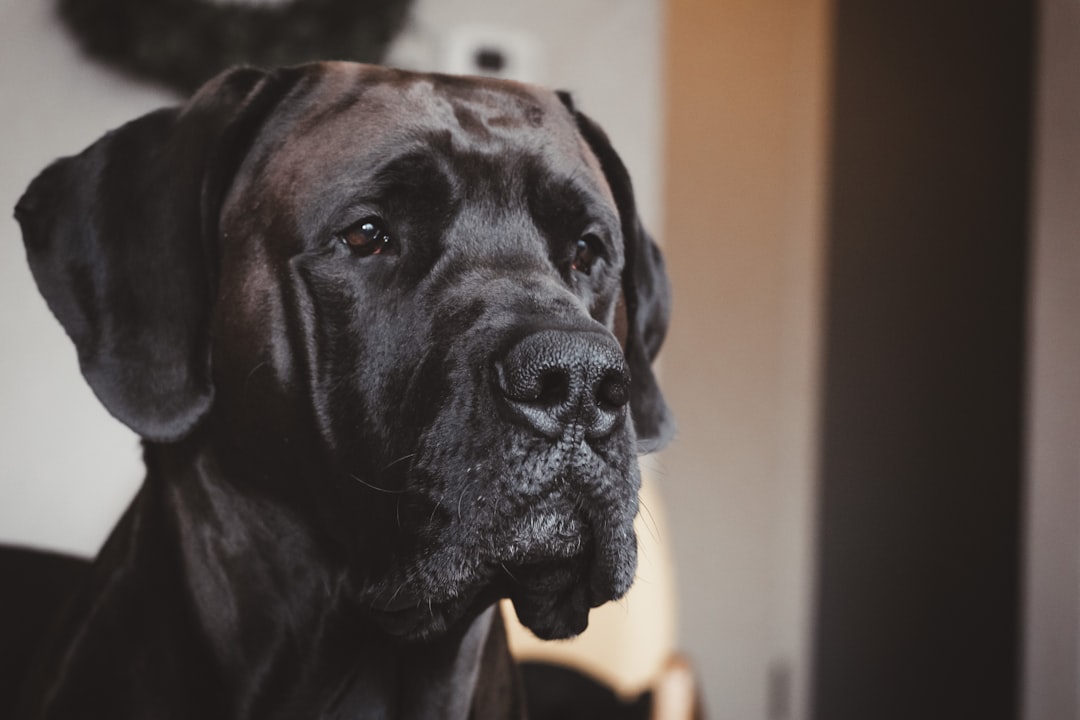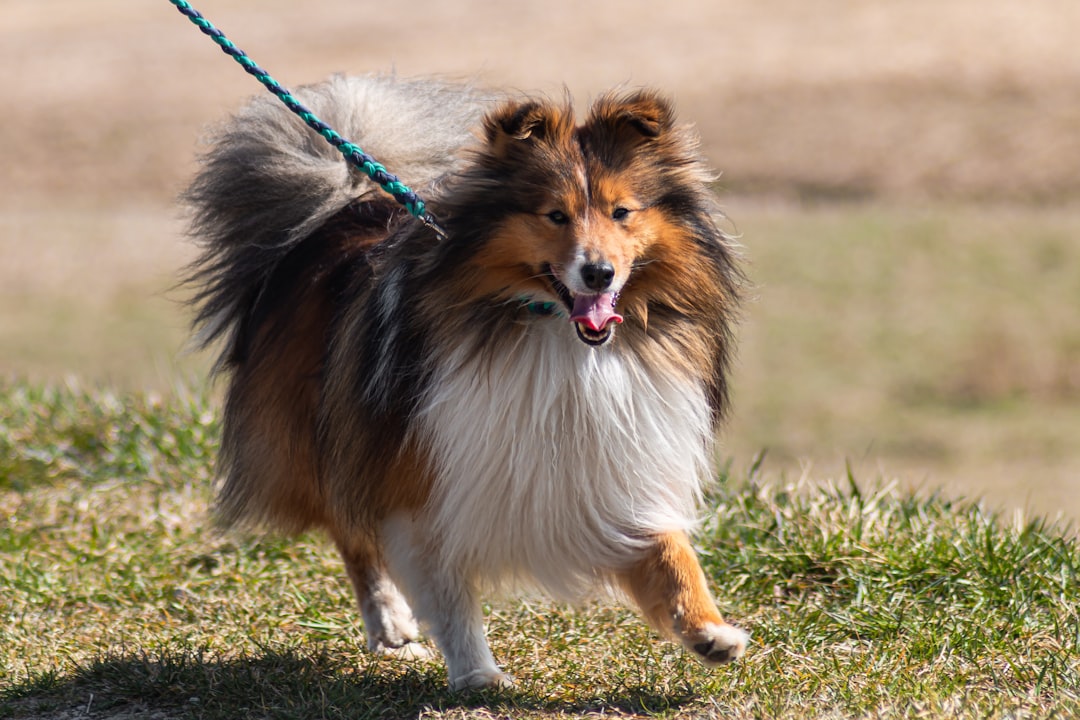As a dog owner, you want to provide the best for your furry friend, but questions often arise about their dietary choices. One common query is can dogs eat bones? While some pet lovers swear by them, it’s crucial to understand how dogs digest various types of bones and what risks might be involved. This post will delve into the types of bones that are safe for dogs, the potential hazards associated with bone consumption, and the warning signs of bone-related issues. Additionally, we’ll explore alternatives to bones that can satisfy your dog’s chewing instincts, gather insights from veterinarians, and review best practices for feeding your canine companion. Join us as we navigate the world of dog diet and bone safety for a healthier, happier pet!
Understanding Dog Digestion
How Dogs Digest Food
Understanding dog digestion is essential for any responsible pet owner. Dogs have a unique digestive system designed to process food differently than humans. Their stomachs are more acidic, which helps break down protein and kill harmful bacteria more effectively. Additionally, dogs possess a shorter gastrointestinal tract, allowing for quicker digestion and elimination of waste. As a result, their dietary needs often center around high-protein diets that are easily digestible. When considering what to feed your canine friend, it is vital to understand the balance of nutrients they require for optimal health.
The Role of Bones in a Dog’s Diet
Many dog owners wonder if they should provide their pets with bones and, more specifically, can dogs eat bones? Bones, especially raw ones, can play an essential role in a dog’s diet by providing essential nutrients, such as calcium and phosphorus. They also promote dental health by helping to reduce tartar buildup as dogs chew, which contributes to cleaner teeth and fresher breath. However, not all bones are safe; knowing which types are suitable and how they fit into a balanced diet is crucial in preventing any digestive issues or injuries. Therefore, ensuring a well-rounded understanding of how bones fit into dog digestion is fundamental for maintaining a healthy and happy pet.
Types of Bones Safe for Dogs
When considering bone options for your canine friend, it’s essential to understand the various types that are safe. Can dogs eat bones? Indeed, but not all bones are created equal. Here’s a breakdown of the types you should know.
Raw Bones vs. Cooked Bones
First and foremost, raw bones are typically safer than cooked ones. Raw bones retain moisture and are soft enough for dogs to chew without splintering, which minimizes the risk of choking or intestinal blockages. Ideal options include beef or lamb bones, particularly those that are large enough for your dog to gnaw on safely.
Conversely,cooked bones can pose serious health hazards. Cooking makes bones more brittle, causing them to splinter into sharp shards. These shards can lead to severe injuries, including punctured intestines or lacerations in the mouth or throat.
Soft Bones vs. Hard Bones
Next, let’s distinguish between soft and hard bones. Soft bones, such as those from poultry (like chicken or turkey necks), are easier for dogs to chew and digest. They also provide valuable nutrients like calcium and phosphorus.
On the other hand, hard bones, such as beef femurs, offer a longer-lasting chewing experience, but they can be challenging on your dog’s teeth. If your dog is an aggressive chewer, avoid these hard bones to prevent dental damage.
In conclusion, when evaluating suitable options, prioritize raw and soft bones while avoiding cooked and exceptionally hard varieties. This approach ensures your furry companion can enjoy their bone while remaining safe and healthy.
Risks of Feeding Bones to Dogs
Bone Splintering
When considering if dogs can eat bones, it is crucial to understand the risks involved. One of the primary concerns is bone splintering. Many types of bones can break apart into sharp pieces when chewed. These splintered bits can puncture the dog’s mouth, throat, or digestive tract, leading to serious health complications. In particular, cooked bones, like those from poultry, are notorious for splintering easily, making them particularly dangerous. Always seek veterinary advice before offering any kind of bone, especially if your dog has a history of chewing aggressively.
Choking Hazards
Another significant risk associated with feeding bones to dogs is the potential for choking hazards. Large chunks of bone can become lodged in the airway, causing an obstruction that can be life-threatening. Even smaller pieces can pose a risk, especially for zealous chewers who may try to swallow the bone whole. Therefore, it’s essential for dog owners to monitor their pets closely during mealtime. Be proactive in removing any unconsumed bones to prevent choking incidents and to ensure your furry friend remains safe while enjoying their treat. To sum up, the risks of feeding bones to dogs should not be taken lightly, as they can lead to severe health issues.
Signs of Bone-related Issues
Identifying Digestive Problems
When it comes to assessing your dog’s well-being, being attentive to any abnormalities can be crucial, especially after consuming a bone. Signs of digestive problems may include excessive vomiting, lethargy, or strained bowel movements. If your dog exhibits these symptoms, it’s essential to monitor them closely, as they may indicate a blockage or irritation in the digestive tract caused by the bone.
Symptoms of Choking
Another significant concern when considering can dogs eat bones? is the risk of choking. Dogs can be enthusiastic eaters, and large or sharp bone fragments can pose a serious threat. Watch out for signs such as gagging, coughing, or pawing at the mouth. If your dog begins to display these symptoms, seek immediate veterinary assistance, as choking can quickly become life-threatening.
What to Do if Your Dog Eats a Bone
If you suspect your dog has eaten a bone, acting swiftly is vital. First, stay calm and assess the situation. Check for any immediate signs of distress, such as difficulty breathing or excessive drooling. If your dog shows any signs of discomfort, it’s crucial to contact your veterinarian without delay. Your vet may recommend an examination or X-rays to ensure that no serious harm has occurred. Always err on the side of caution when it comes to your furry friend’s health!
Alternatives to Bones for Dogs
When considering what to give your furry friend, there are numerous safe and enjoyable alternatives to bones that can keep them satisfied and healthy. These options not only cater to their chewing instincts but also support their dental hygiene and overall wellbeing.
Dental Chews
Dental chews are an excellent way to maintain your dog’s oral health. These specially designed products help reduce plaque buildup and promote fresh breath. Many dental chews have a firm texture that assists in scraping away food particles and tartar as your dog chews. Always choose high-quality brands that are made with safe ingredients to ensure your dog’s safety.
Rawhide Options
Rawhide is another popular alternative that many dogs love. It comes in various shapes and sizes, making it easy to find one that suits your dog’s chewing habits. Look for rawhide that has minimal processing, as excessive chemicals may not be healthy for your pet. Also, be aware of your dog’s chewing style, as some dogs might be prone to swallowing larger pieces, which can lead to choking or digestive blockages.
Vegetable Chews
For a healthy, natural option, consider vegetable chews. These are made from ingredients like sweet potatoes, carrots, or peas, providing essential vitamins and minerals while satisfying your dog’s urge to chew. They’re low in calories, making them a guilt-free snack that can keep your pup engaged and happy. Additionally, veggie chews are often kinder on their teeth and digestive system compared to traditional bones.
In summary, alternatives to bones for dogs are not only safer but can also be more beneficial for their health. Always pay attention to your dog’s preferences and consult your veterinarian if you’re unsure about which option to choose.
Veterinarian Insights
Professional Recommendations
When it comes to assessing whether can dogs eat bones, veterinarians strongly emphasize understanding the type of bone and the size of your dog. Many professionals advise against feeding raw bones to larger breeds due to the risk of fractures and gastrointestinal obstructions. Instead, they often recommend cooked bones, which can pose different health concerns. For smaller dogs, soft, meaty bones are usually deemed safe, provided they are monitored during consumption. Always consult your vet for personalized advice, as they can help determine the most suitable options for your furry friend.
Common Myths about Bones
Several misconceptions surround the topic of bones and dog diets. One prevalent myth is that all bones are hazardous. In reality, some raw and unprocessed bones can be safe and beneficial when introduced carefully. Another myth is that bones help clean a dog’s teeth. While chewing can promote dental health, it’s not a substitute for regular veterinary dental care. Veterinarians often remind dog owners that moderation is key; overindulgence in any type of bone can lead to health issues like obesity or digestive problems. By addressing these myths, dog owners can make informed decisions about their pet’s diet and ensure their canine companions remain happy and healthy.
Best Practices for Feeding Dogs
How to Introduce Bones Safely
When considering whether can dogs eat bones safely, it’s crucial to introduce them thoughtfully into your dog’s diet. Start with small, raw bones that are appropriate for their size and chewing habits. Avoid hard, cooked bones, as they can splinter and pose a serious risk to your pet. Instead, offer softer options like chicken necks or beef trachea. By observing your dog’s reaction and chewing behavior, you can determine their comfort level and adjust the bone size accordingly.
Monitoring Your Dog’s Intake
Tracking your dog’s consumption is essential for maintaining their health. Set a limit on how often bones are given, ideally once or twice a week, to prevent overindulgence. Additionally, pay attention to how much of the bone your dog consumes. If they show signs of discomfort or digestive upset, it’s important to revisit their feeding routine. Regularly check their stools for any abnormalities, and consult a vet if you notice anything concerning.
Engaging with Your Vet on Diet
Open and ongoing communication with your veterinarian is key to ensuring your dog’s diet is balanced and safe. Discuss the introduction of bones and any other dietary changes. Your vet can provide personalized insights based on your dog’s breed, age, and health condition. Don’t hesitate to seek their expertise if you have questions or concerns about the nutritional value of bones or alternative chew options. By incorporating professional guidance, you can keep your dog’s diet both enjoyable and healthy.
Frequently Asked Questions
Can all types of bones be given to dogs?
Not all types of bones are safe for dogs to consume. Raw bones, particularly those that are larger and meaty, can be a good option as they provide nutrients and promote dental health. However, cooked bones can splinter easily, posing a significant risk of choking or internal injury. It’s essential to avoid small or brittle bones, like chicken bones, as they can cause severe harm.
What are the potential risks of giving bones to dogs?
While bones can provide enjoyment and health benefits to dogs, there are potential risks involved. One major concern is the possibility of fractures in teeth from aggressive chewing. Additionally, splintered pieces from cooked bones can lead to blockages or tears in the digestive tract, which may require surgical intervention. It’s crucial for dog owners to supervise their pets while they enjoy bones and to consult their veterinarian for guidance.
How can I safely introduce bones into my dog’s diet?
To safely introduce bones to your dog’s diet, start by selecting appropriate types, such as raw, large, and meaty bones that can’t easily splinter. Monitor your dog while they chew to ensure they don’t swallow large pieces. Begin with small amounts and observe how your dog’s digestion reacts. If your dog shows any signs of discomfort or adverse reaction, consult your veterinarian. Gradually increasing the frequency allows for safe incorporation into their diet.
Are there any alternatives to bones for dental health in dogs?
Yes, there are several alternatives that can promote dental health without the risks associated with bones. Dental chews, specifically designed for dogs, can help reduce plaque and tartar buildup while satisfying their chewing instincts. Additionally, rubber toys and dental treats also provide beneficial chewing experiences while being safer than bones. Regular brushing of your dog’s teeth with canine toothpaste can further enhance their oral hygiene.



